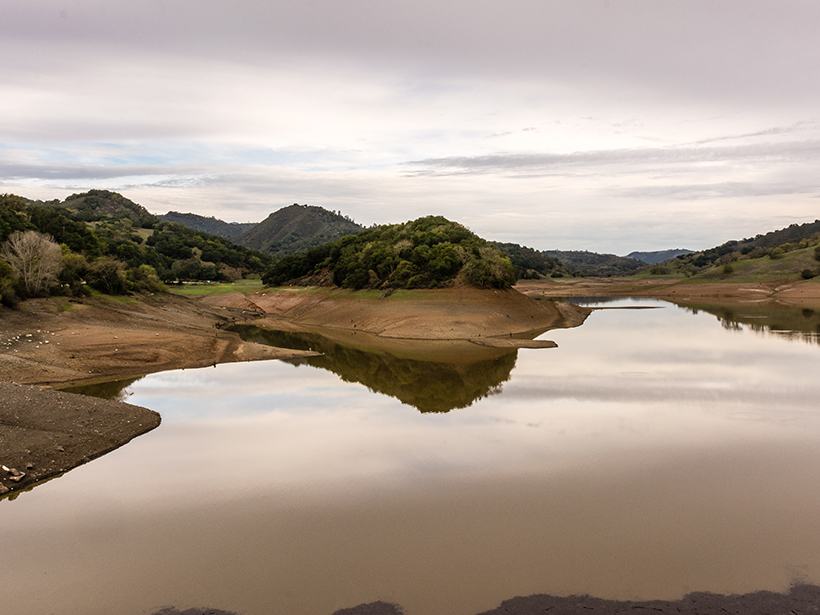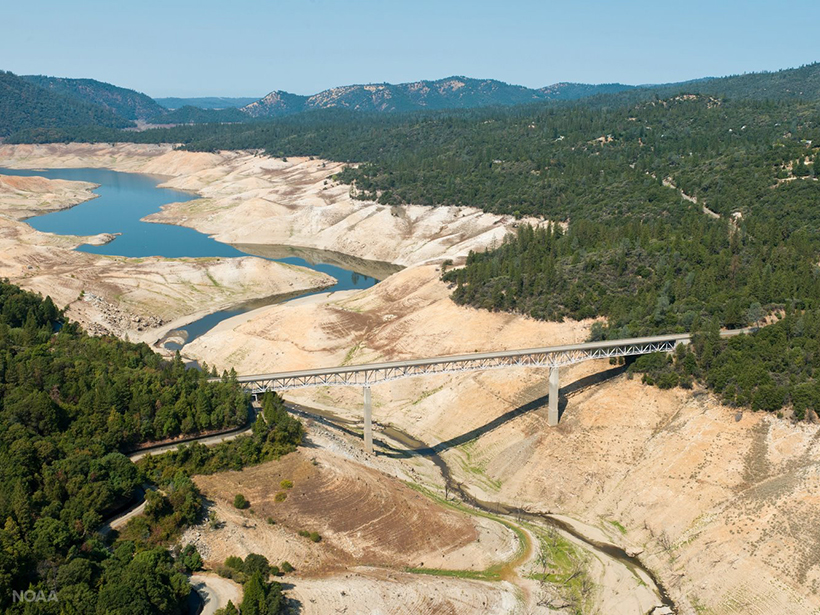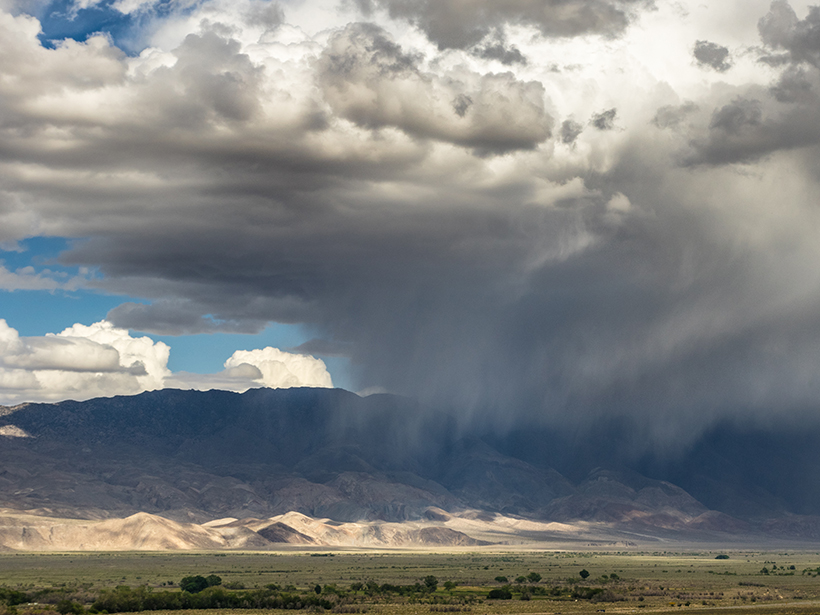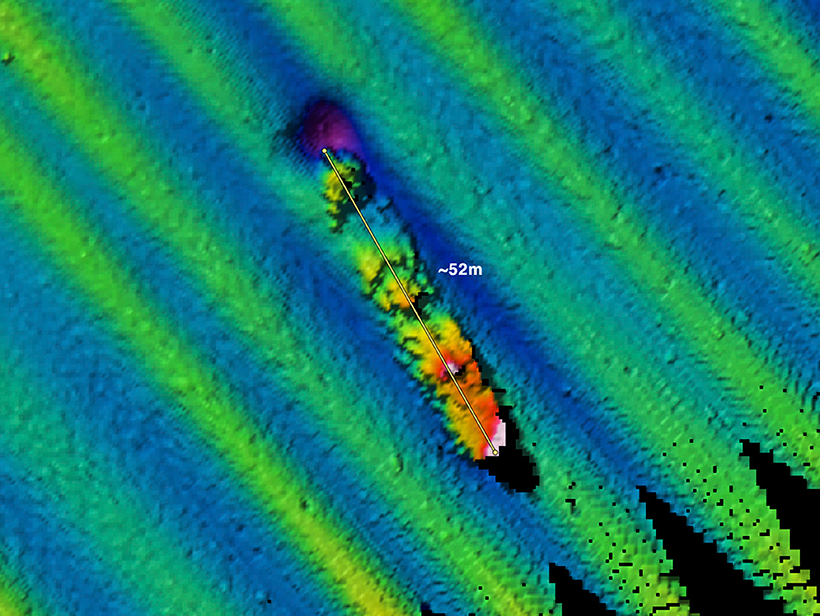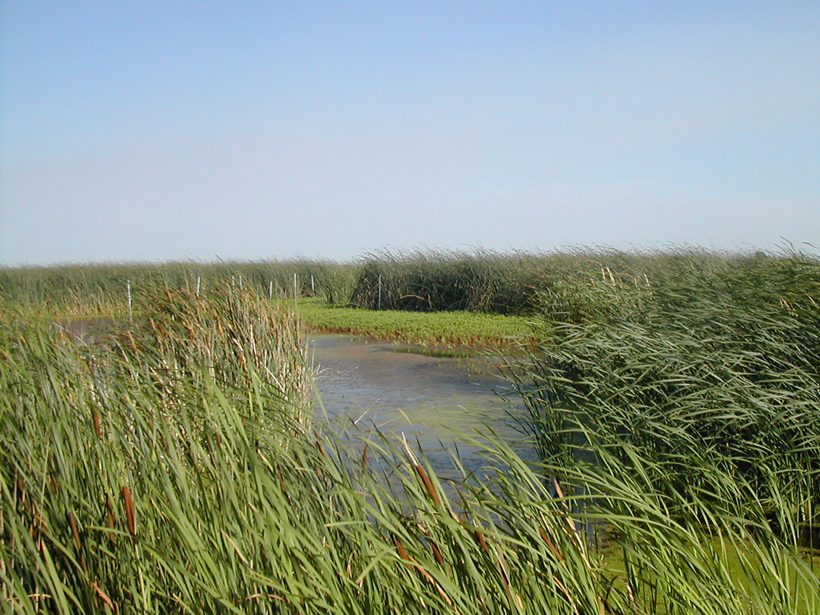A weak La Niña is expected to further dry out southwestern and Gulf Coast states.
California
Climate Change, Groundwater Management, and California's Future
Conference on Climate Change and the Sustainable Groundwater Management Act; University of California, Davis, California, 4–5 April 2016
Mapping Water and Heat Deep Under Long Valley Caldera
Researchers use electrical resistivity to find the heat source and reservoir feeding Long Valley Caldera's labyrinthine hydrothermal system.
Subterranean Caverns Hold Clues to Past Droughts
Cave formations offer highly resolved paleoclimate data that scientists plan to use to reconstruct California's ancient patterns of drought.
Monster El Niño Not Enough to Quench California Drought
New research shows that the Sierra Nevada snowpack will likely not recover from the current drought until 2019.
Controversial Pacts Aim for Dam Removals on Western U.S. River
New agreements regarding the Klamath River in Oregon and California would enable the largest U.S. dam removal project ever. Critics say water quality will suffer, decry hydropower loss.
Tide Pools Mimic Climate Change in Everyday Cycle
Researchers unexpectedly discovered that tiny shoreline ecosystems act as miniature laboratories in which ocean acidification and its effects play out nightly.
Navy Ship Mysteriously Lost in 1921 Found via Science, Sleuthing
Scientists painstakingly compared a shipwreck spotted in 2009 to a 1904 schematic of a long-lost tugboat. A naval gun on the wreck proved to be the "smoking gun" identifying the vanished ship.
After a Century, Restored Wetlands May Still Be a Carbon Source
Methane emissions can drastically lower, or even reverse, the benefits of carbon sequestration in restored wetlands, according to new measurements from the Sacramento–San Joaquin Delta.
Does El Niño Intensity Affect Precipitation in California?
Modeling experiments demonstrate that strong El Niños greatly increase odds for wet winters over California's principal watersheds compared to impacts of weak and moderate El Niños.

